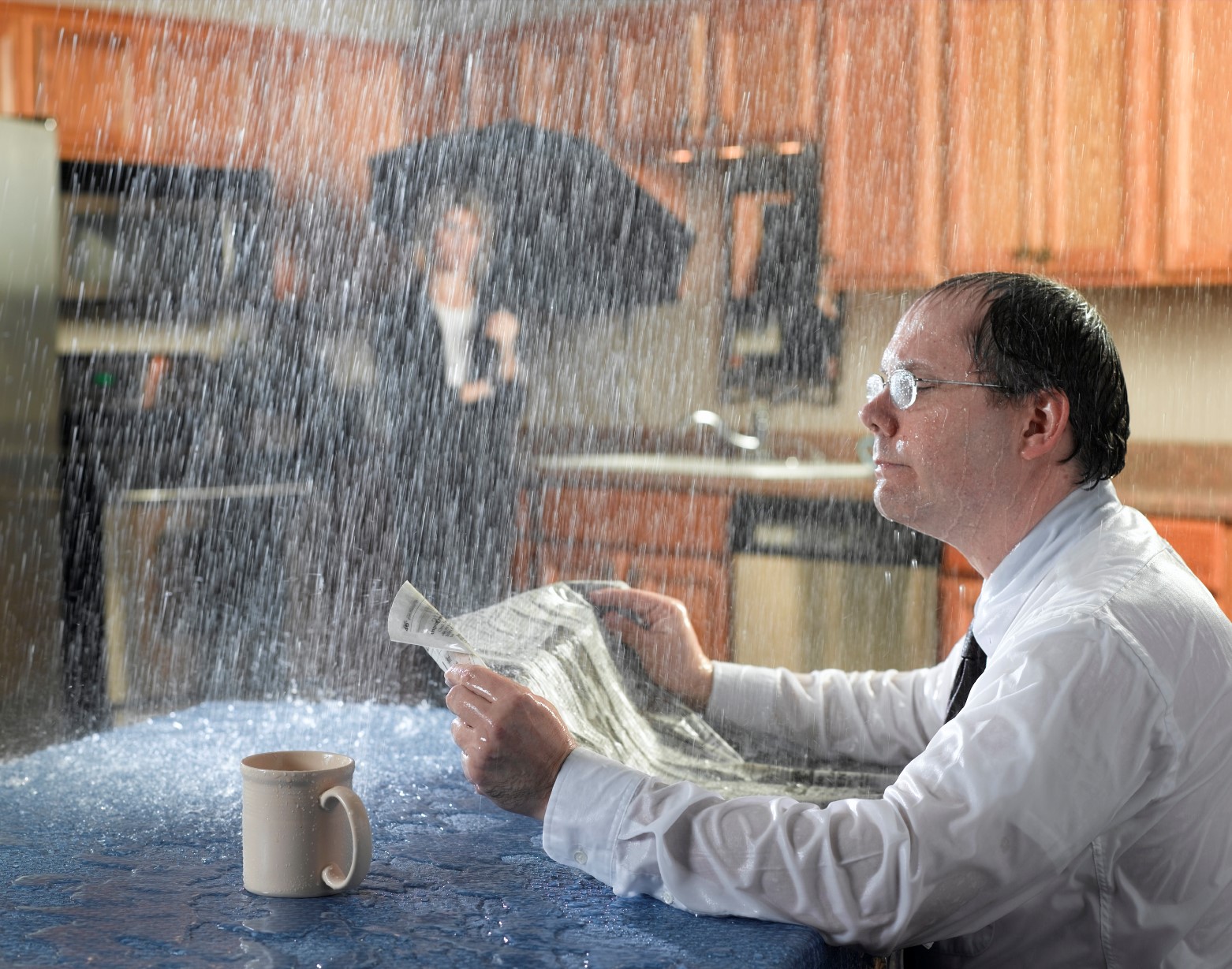Almost everyone may have their private assumption involving How to Find Water Leaks.

Leaks not only trigger waste of water but can additionally create unnecessary damage to your home and also promote undesirable natural development. Unfortunately, water leakages could go unnoticed given that the majority of the pipework in our house is concealed. By looking and understanding for everyday scenarios that trigger leaks, you can shield your home from future leakages and unnecessary damage. Today, we will consider 6 leak creates that might be triggering your pipelines to drip.
Encroaching roots
The majority of water leaks begin outside the house as opposed to inside it. If you see an unexpected decrease in water stress, say in your tap, take some time to go out and also analyze your lawn. You may observe wet patches or sinkholes in your backyard, which might mean that tree roots are getting into water lines creating water to seep out. You can have your plumber check for invasion, particularly if you have trees or bushes near your home.
Corroded water supply
This may be the reason of discoloration or bending on your water pipes. If our plumbing system is old, consider changing the pipelines given that they are at a higher threat of deterioration than the newer designs.
Malfunctioning Pipeline Joints
Pipeline joints can degrade over time, resulting in water leaks. If you have noisy pipes that make ticking or banging sounds, specifically when the warm water is turned on, your pipe joints are possibly under a whole lot of pressure.
Instant temperature level adjustments.
Severe temperature changes in our pipelines can trigger them to expand and also acquire unexpectedly. This development and tightening may cause fractures in the pipelines, particularly if the temperature are below freezing. If you kept an eye on how your plumbing works, it would be best. The visibility of the previously discussed situations often shows a high danger.
Poor Water Connectors
At times, a leak can be caused by loose hoses and pipelines that provide your home appliances. Most of the time, shifting is what causes the loosened water Links. You might find when it comes to a cleaning device, a hose might spring a leak due to drinking during the spin cycle. In case of a water links leak, you may observe water running directly from the supply line or pools around your appliances.
Clogged Drains
Blocked drains may be aggravating as well as inconveniencing, however they can occasionally end up creating an overflow bring about rupture pipelines. Maintain eliminating any materials that may go down your drains that might block them to prevent such troubles.
All the above are causes of leakages however not all water leaks result from plumbing leaks; some leakages might come from roofing system leaks. All leaks need to be fixed immediately to prevent water damage.
Leakages not only cause waste of water yet can also create unnecessary damage to your house and also promote unwanted organic development. By looking and comprehending for everyday situations that create leaks, you can protect your home from future leakages as well as unneeded damages. Today, we will look at six leak creates that might be triggering your pipes to trickle.
At times, a leak can be caused by loosened hose pipes and also pipelines that supply your appliances. In case of a water links leak, you may see water running straight from the supply line or puddles around your home appliances.
How To Check For Water Leak In Your Home
How To Check for Leaks
The average household's leaks can account for nearly 10,000 gallons of water wasted every year and ten percent of homes have leaks that waste 90 gallons or more per day. Common types of leaks found in the home are worn toilet flappers, dripping faucets, and other leaking valves. These types of leaks are often easy to fix, requiring only a few tools and hardware that can pay for themselves in water savings. Fixing easily corrected household water leaks can save homeowners about 10 percent on their water bills.
To check for leaks in your home, you first need to determine whether you're wasting water and then identify the source of the leak. Here are some tips for finding leaks:
Take a look at your water usage during a colder month, such as January or February. If a family of four exceeds 12,000 gallons per month, there are serious leaks.
Check your water meter before and after a two-hour period when no water is being used. If the meter changes at all, you probably have a leak.
Identify toilet leaks by placing a drop of food coloring in the toilet tank. If any color shows up in the bowl after 10 minutes, you have a leak. (Be sure to flush immediately after the experiment to avoid staining the tank.)
Examine faucet gaskets and pipe fittings for any water on the outside of the pipe to check for surface leaks.
Undetected water leaks can happen without the home or business owner even realizing. If you suspect a water leak, but not able to find the source. It is time to contact a professional water leak detection service, The Leak Doctor.
How To Find a Water Leak In Your Home
https://www.leakdoctor.com/blog/How-To-Check-For-Water-Leak-In-Your-Home_AE197.html

I'm very focused on Most Common Causes of Leaky Pipes and I am assuming you enjoyed the new blog posting. Kindly set aside a second to share this blog entry if you liked it. Bless you for your time. Visit again soon.
Schedule Here